High Performance Glass reduces the ingress of heat and at the same time allows higher penetration of daylight. These glasses are engineered to meet specific performance requirements, making them suitable for various applications in different industries.
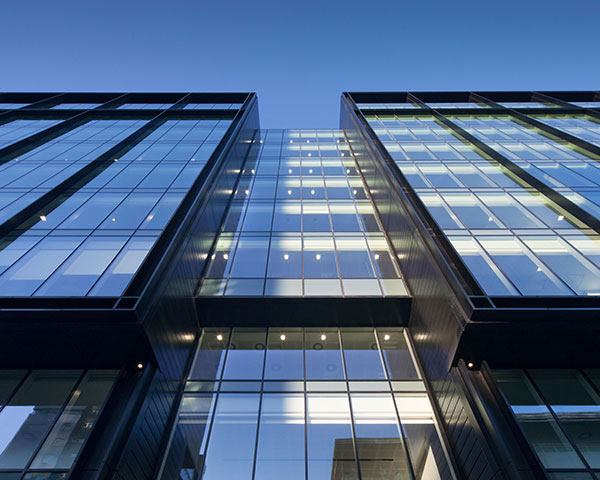
There are certain factors that you must consider before buying the Glass.
U-Value: As there is a temperature difference in the two surfaces of the glass due to conduction, the U-value denotes the rate of heat flow from one face to another.
The U-value should be lower to provide the best performance.
The U-value of clear glass is 0.48 Watts per square meter Kelvin.
High-performance glass properties include a much lower U-Value than that of clear glass.
Direct Solar Heat Gain: The Shading Coefficient of Glazing or SC denotes it. The Shading Coefficient must be lower to prevent the glass from absorbing solar heat.
Visual Performance of Glazing: It shows the proportion of the solar spectrum’s visible arena that passes through a glass product.
RHG: RHG or Relative Heat Gain refers to the amalgamated consequences of U-factor and Shading Coefficient. The shading coefficient becomes an essential factor in tropical locations as the solar intensity is very high.
High-performance glass offers a wide range of benefits across various applications due to its advanced properties and capabilities. Here are some of the key benefits of using high-performance glass.
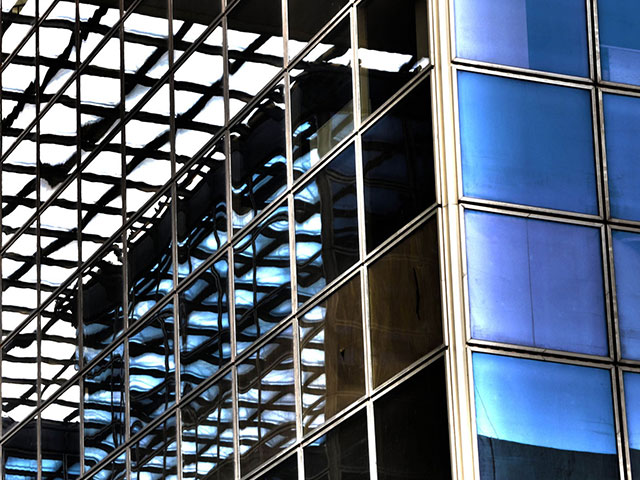

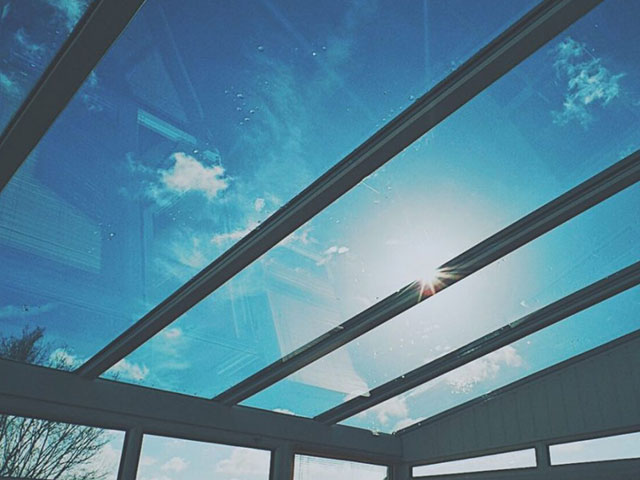
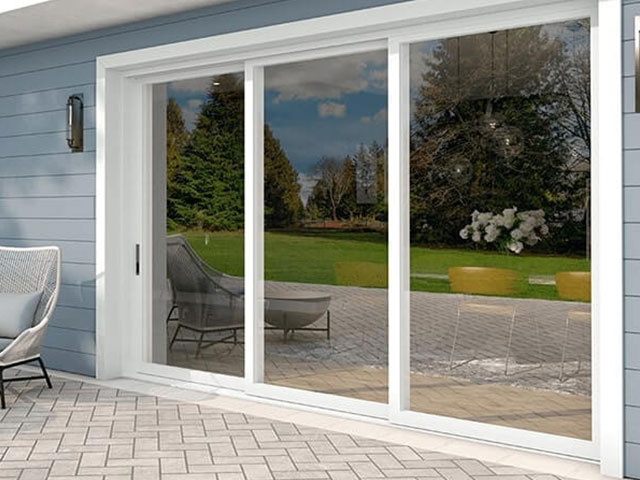
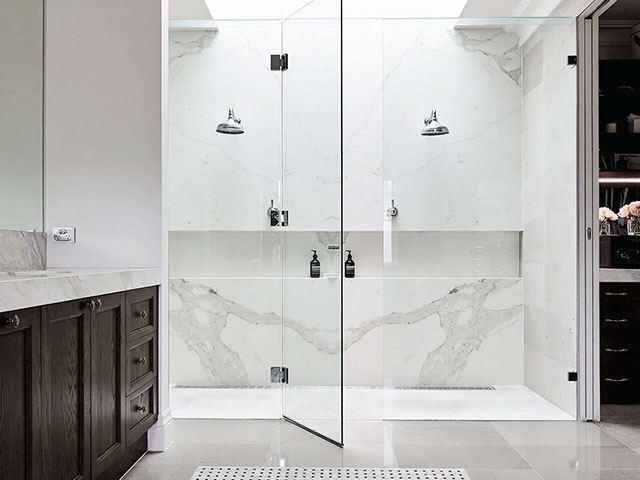
High-performance glass finds diverse applications across various industries and sectors due to its advanced properties and capabilities. Here are some of the key applications of high-performance glass.
High-performance glass is extensively used in architectural glazing applications, including windows, doors, facades, and curtain walls. It offers benefits such as energy efficiency, solar control, daylighting, and aesthetic enhancement, contributing to sustainable and visually appealing building designs.
High-performance glass is commonly used in commercial buildings such as offices, retail spaces, hotels, and institutions. It helps improve thermal comfort, reduce energy consumption, enhance natural lighting, and create inviting and functional environments for occupants.
High-performance glass is increasingly being used in residential construction for windows, doors, skylights, and glass walls. It provides homeowners with benefits such as energy savings, noise reduction, UV protection, and enhanced aesthetics, resulting in more comfortable and sustainable living spaces.
High-performance glass is employed in electronic devices, touchscreens, flat-panel displays, and OLED lighting. It offers properties such as scratch resistance, chemical durability, optical clarity, and high transmission, enabling the production of durable and high-quality electronic products.
High-performance glass is utilized in aircraft windows, cockpit canopies, and cabin partitions. It provides properties such as lightweight construction, impact resistance, optical clarity, and UV protection, meeting the stringent safety and performance requirements of the aerospace industry.
High-performance glass is used in solar energy applications, including photovoltaic modules, solar thermal collectors, and concentrating solar power systems. It offers properties such as light transmission, durability, weather resistance, and low reflectivity, enhancing the efficiency and longevity of solar energy systems.
High-performance glass finds applications in various industrial and specialty sectors, including laboratory equipment, medical devices, optical instruments, and specialty lighting. It provides properties such as thermal stability, chemical resistance, optical precision, and mechanical strength, meeting the specific requirements of each application.